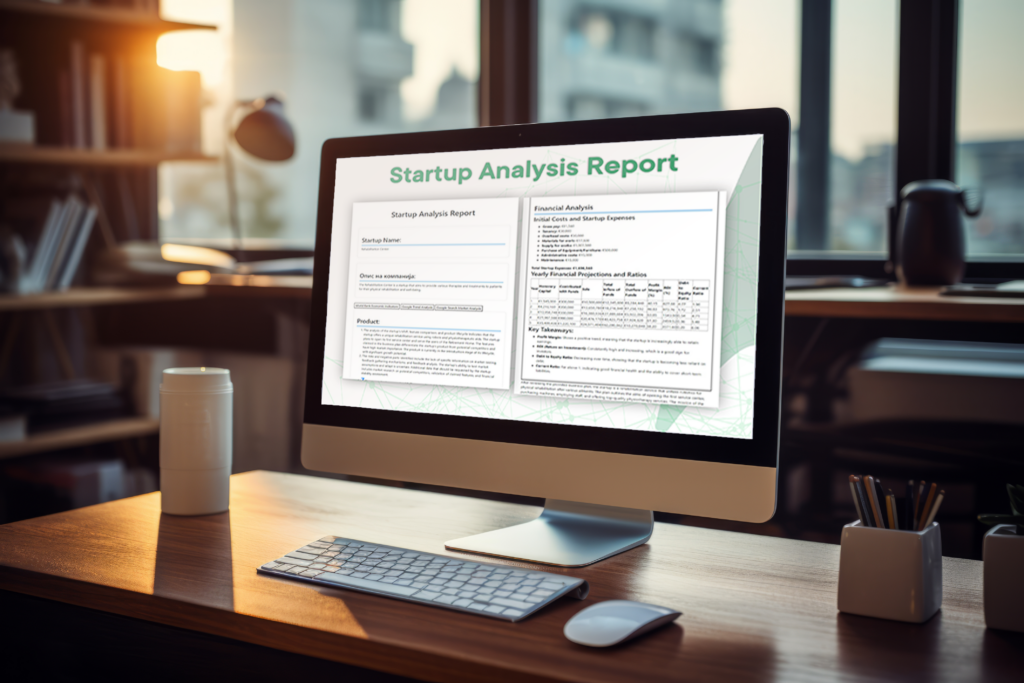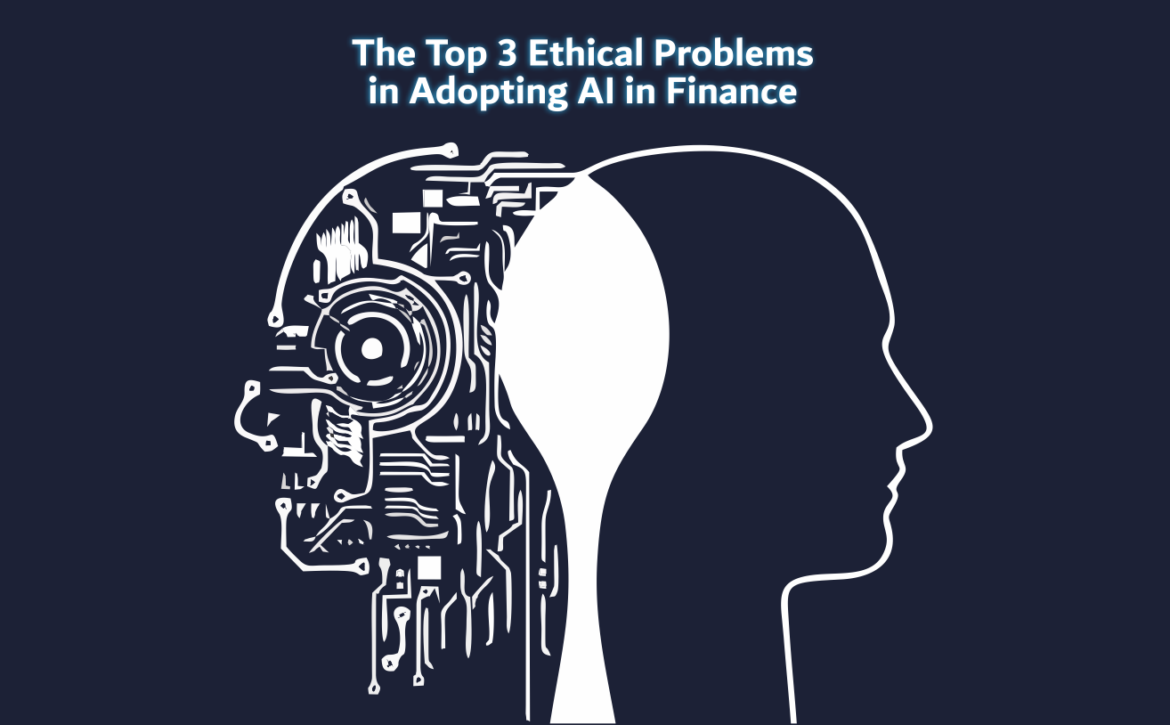Bridging the Digital Divide: The Role of Fintech in Modernizing Investment Funds
In the dynamic financial environment of Central and Eastern Europe CEE, investment funds confront a critical challenge – Digital Transformation.
The digital divide, characterized by outdated systems and a delay in adopting new technologies, impedes operational efficiency, regulatory compliance, and community engagement within the investment sector.
This blog delves into the pivotal role of fintech in modernizing investment funds in CEE, with a comprehensive exploration of FinqUP’s innovative solutions.
The Digital Era’s Challenges
Investment funds in CEE grapple with a digitalization lag, striving to modernize legacy systems that are no longer aligned with the expectations of a tech-savvy generation. These archaic systems result in operational inefficiencies, hinder growth prospects, and compromise the ability to provide a seamless investor experience.
Regulatory complexities further exacerbate the situation, making it cumbersome and resource-intensive to ensure compliance with evolving standards. Moreover, a disconnect from the investor community erodes customer loyalty and hampers the development of trustful relationships.
FinqUP’s Revolutionary Solutions: Unveiling V.I.S.T.A, C.H.A.R.M, and I.N.S.I.G.H.T.
FinqUP emerges as a trailblazer in addressing these challenges, offering a suite of fintech solutions designed to navigate the intricacies of modernizing investment funds in CEE.
Let’s delve into these transformative solutions:
- V.I.S.T.A: Elevating Front-Office Efficiency
V.I.S.T.A. is FinqUP’s answer to front-office modernization, representing a paradigm shift in customer interactions within investment funds. Powered by artificial intelligence (AI), V.I.S.T.A. excels in two key areas: personalization and operational efficiency.
Personalization: V.I.S.T.A. harnesses AI-driven personalization to tailor investment strategies and recommendations for each client. It analyzes an investor’s preferences, risk tolerance, and financial goals to provide customized investment options, enhancing customer satisfaction and loyalty.
Operational Efficiency: Beyond personalization, V.I.S.T.A. streamlines operational processes within investment funds.
It automates routine tasks, such as account management and documentation, reducing administrative overhead and allowing fund managers to focus on strategic decision-making.
- C.H.A.R.M: Real-Time Support and Advisory
C.H.A.R.M. is FinqUP’s conversational AI platform, designed to provide investors with real-time support and advisory services. This solution significantly elevates customer service and accessibility, fostering investor confidence.
Instant Support: C.H.A.R.M. offers instant responses to investor queries through natural language processing (NLP). Investors can inquire about fund performance, portfolio adjustments, or market insights, and receive immediate, accurate responses.
Enhanced Accessibility: Investors can access C.H.A.R.M. through various channels, including web chat, mobile apps, and voice assistants, making it convenient and accessible 24/7.
This accessibility enhances the overall investor experience and strengthens investor relations.
- I.N.S.I.G.H.T: Empowering Informed Decision-Making
I.N.S.I.G.H.T. is FinqUP’s advanced analytics platform, focused on empowering data-driven decision-making within financial institutions.
This solution offers deep market insights, predictive analytics, and comprehensive risk assessments to support investment strategies and ensure regulatory compliance.
More info on I.N.S.I.G.H.T. coming soon…
Transforming Investment Funds in CEE: A Holistic Approach
The integration of FinqUP’s fintech solutions promises a transformative impact on investment funds in CEE. By embracing these innovations, investment funds can achieve unparalleled levels of efficiency, enhance regulatory compliance, and foster a sense of community among investors.
Real-world applications of FinqUP‘s technologies demonstrate substantial improvements in customer engagement, decision-making processes, and overall sector growth.
The Path Forward: Bridging the Digital Divide
The need to bridge the digital divide in the investment fund sector is undeniable.
FinqUP stands at the forefront of this transformation, offering cutting-edge fintech solutions that address today’s challenges and pave the way for a more efficient, compliant, and community-oriented financial future in CEE.
As the digital landscape continues to evolve, the partnership with FinqUP offers investment funds a critical edge in the competitive market.
Conclusion: Embracing Digital Transformation
Investment funds in CEE are standing at a crossroads, where digitalization is the key to future growth and success. FinqUP’s innovative fintech solutions provide the essential tools to navigate this transformation successfully. By embracing V.I.S.T.A, C.H.A.R.M, and I.N.S.I.G.H.T, investment funds can position themselves as leaders in the digital era, offering superior customer experiences and achieving regulatory excellence.
In summary, the digital transformation of investment funds in CEE represents a journey toward efficiency, compliance, and community engagement. FinqUP’s fintech solutions are the compass guiding funds through this transformation, ensuring they thrive in the digital age.
Engage with FinqUP today to explore how their solutions can drive your digital transformation journey and secure your position as a leader in the evolving landscape of investment funds in CEE.
Learn More































